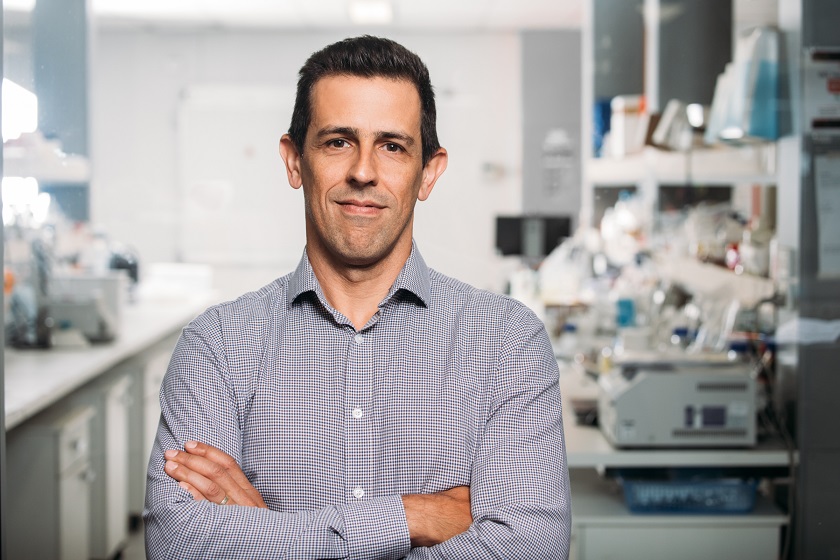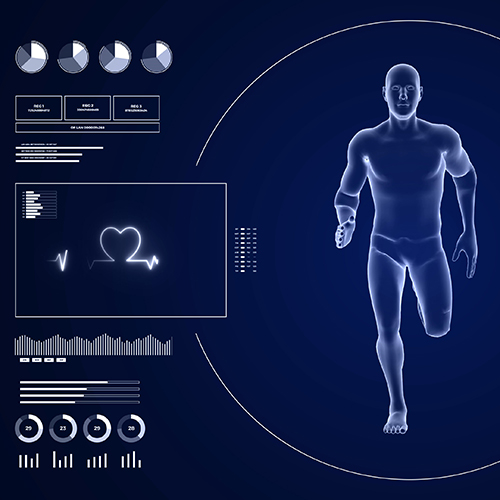A new University of Canterbury (UC) earthquake simulator will be the first large-scale reconfigurable ‘shake table’ in New Zealand and the biggest in the Southern Hemisphere.

University of Canterbury Civil Engineering Professor Santiago Pujol
Sustainable Development Goal (SDG) 11 – Sustainable Cities and Communities
The UC Structural Engineering Laboratory (SEL) will be home to the first facility for large-scale dynamic testing of structural and non-structural components. The modular system can be rapidly reconfigured for various commercial and research purposes, including shaking the base of test buildings, and material testing.
UC Civil Engineering Professor Santiago Pujol says the facility will help researchers explore, learn and teach new ideas on how to build better buildings.
“The challenge with civil engineering is you can’t test-drive a building and, with limitations of computer simulation, there can be uncertainty about whether the building will behave the way we expect,” says Professor Pujol.
“This new modular system will allow us to build representations of both old and new buildings to test our ideas on how they react to earthquake demand.”
The simulator includes a battery of powerful hydraulic actuators that simulate the motion caused by earthquakes on separate foundations or the entire base of a test structure. The simulator can also be used to reproduce the relative motions between two floor slabs in a high-rise structure. In such a test, the walls and building contents move and distort as they conform to the displacements that buildings reach during earthquakes, he says.
The new earthquake simulator increases the impact of research at UC while tackling the challenge of providing cities with more resilient and sustainable buildings.
“This type of investment in new equipment is invaluable,” says Professor Pujol. “It can be configured for a range of research applications from simulating high-intensity earthquake demands, testing materials at high strain rates for aerospace applications, to routine commercial testing for the construction industry and student-led projects focusing on the dynamic response of structures.”
UC has had a conventional ‘shake table’ for decades, which will continue to be used for small-scale testing. It was recently used to test the prototype of a new base-isolation system making Kiwi houses safer in an earthquake.
The new large-scale system will greatly expand the range of dynamic tests and applications at UC.
Professor Pujol says with the Ministry of Business, Innovation and Employment and Engineering NZ preparing updates to design guidelines for buildings, industry will be looking for methods to gauge the performance of both new and old seismic technologies.








